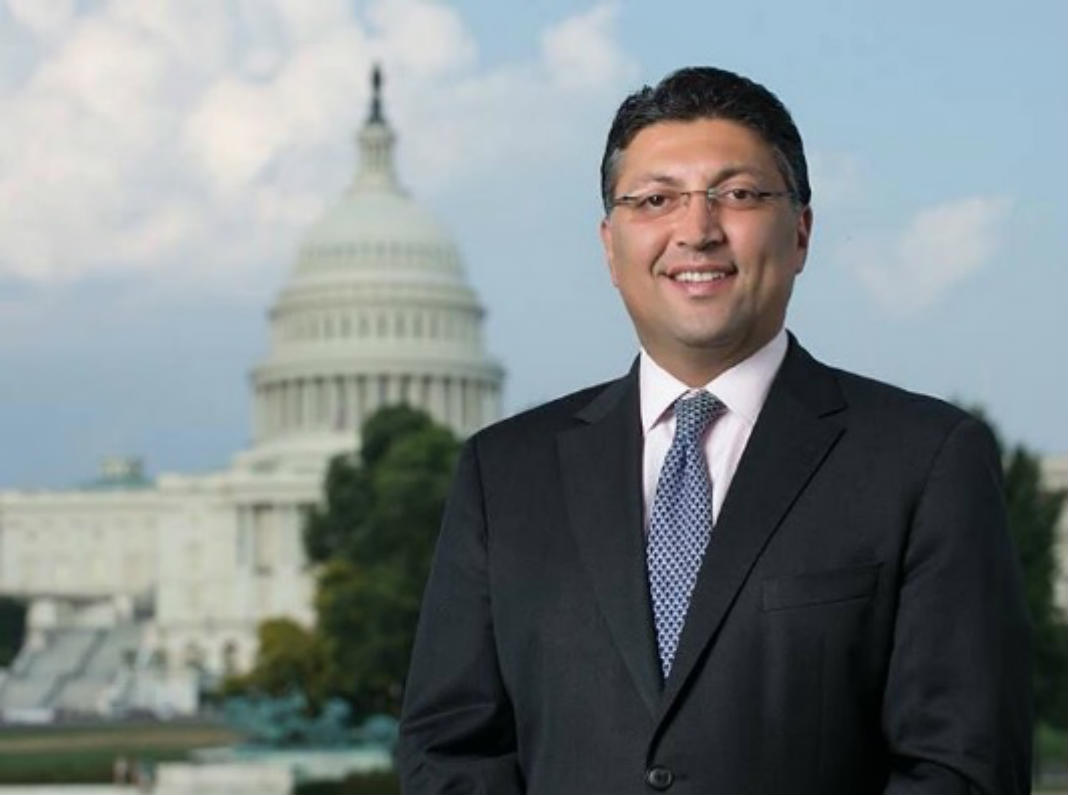DOJ Delves Into Edge Competition With TV
WASHINGTON — The Department of Justice this week will launch its deep dive into the impact of online advertising on the local broadcast-TV market, an issue that came up in an investigation related to the failed Sinclair Broadcast Group-Tribune Media merger but has widened to a general review of the ad marketplace.

If the DOJ concludes that online is grabbing ad dollars from local stations, it could boost broadcasting’s deregulatory efforts against limits on both national reach and local-market duopolies. Cable operators have been pushing back on that sort of relief, concerned about broadcasters using added clout to boost retransmission-consent fees, particularly if Congress does not step in via the STELAR satellite license-renewal legislation to prevent blackouts or mandate arbitration.
Department of Justice antitrust chief Makan Delrahim signaled the investigation into broadcasters’ competitive market was coming, stemming both from Sinclair-Tribune and the Nexstar Media Group-Tribune merger that came after the first deal tanked.
Public Workshop Coming Up
A two-day workshop (May 2-3) in D.C. will look at online and mobile advertising, including “how each type of advertising may fit into an advertising campaign, how inventory is priced, the economics of advertising, developments in advertising technologies, the effects from changes in consumer behavior and the competitive dynamics of media advertising in general, in light of the rise of digital advertising.”
Delrahim has said the DOJ is contemplating whether to adjust its merger reviews given the argument that edge providers are now, for example, competing for local car dealer ads — a bread-and-butter category for broadcast — and thus should be considered part of the relevant competitive market.
Following its investigation into the broadcast ad market, Justice struck settlements with a number of broadcasters stemming from ad-related information exchanges. That inquiry grew out of the Sinclair-Tribune review.
Multichannel Newsletter
The smarter way to stay on top of the multichannel video marketplace. Sign up below.
Delrahim has said that, in some ways, Google is not so different from broadcasters. Stations have long argued Google’s competitive market has widened considerably and that should be taken into account in mergers, as well as in determining if broadcast should continue to be subject to local and national ownership limits. The more competitors in a market, the less Justice needs to worry about the anti-competitive effects of mergers.
Delrahim said that when DOJ does broadcast antitrust analysis it currently looks at spot ad rates, but ultimately the viewer — “the eyeballs” — is part of the product, since the service is free, just as it is with Google. “So, you try to make better [broadcast] programming to attract more users by which you can charge higher advertising rates,” he said. “In some ways, Google isn’t too different from that. You try to pass on a product, but ultimately that consumer isn’t the customer of that product. It is the advertisers who buy on that platform.”
Those are issues on which DOJ will gather string during the two-day workshop. A former ad association lawyer suggested it is about time.
“I cannot remember the last time DOJ had such a public forum — this is a timely and necessary workshop,” Adonis Hoffman, former general counsel for the American Association of Advertising Agencies and currently chairman of Business in the Public Interest, said.
“We are in a competitive environment where convergence has companies from across the telecom, media and technology spectrum crossing traditional boundaries and competing with one another,” Hoffman said. “As DOJ looks into this new video/television market, hopefully they will come up with a definition of the market that reflects the new realities.
“It is impossible to separate the advertising issues from the regulatory concerns, so it is good that DOJ will be looking at that critical component of the media ecosystem,” he said.
NAB Says: Count Web Players
The National Association of Broadcasters has long argued that the government should include web players in broadcasters’ competitive market.
For example, in seeking relief from the eight-voices test for local-market ownership — a broadcast-TV merger, for instance, must leave at least eight independent stations in the relevant market post-merger — the NAB said websites that can geo-target should also be considered a “voice.” It made the same argument for loosening the duopoly rules.
In 2017, following the FCC’s deregulation of some local ownership rules, NAB reiterated the need for taking the web into account as a competitor for ads: “As competition from unregulated outlets continues to grow, policymakers should support the FCC’s modernization of radio and TV ownership rules to reflect the current marketplace. To continue offering free, over-the-air service, broadcasters must be able to compete on a level playing field for audiences, advertising and investment.”
More recently, in calling for the FCC to raise the 39% national audience reach cap, which the FCC is currently mulling, NAB again raised the issue of including online in its competitive marketplace, as did Nexstar chairman and CEO Perry Sook in an April 23 speech to the Media Institute in Washington.
NAB general counsel Rick Kaplan, in a meeting with FCC chairman Ajit Pai (according to FCC documents), said that for TV stations to remain viable, they need to boost their reach to effectively compete for ad revenues with “digital advertising platforms and social media giants that dwarf broadcast TV groups in scale and scope.” Sook seconded that. Justice is seeking comment on the issue through June 15.
MORE ONLINE The DOJ workshop is open to the public. For more information, go to multichannel.com/april29
Contributing editor John Eggerton has been an editor and/or writer on media regulation, legislation and policy for over four decades, including covering the FCC, FTC, Congress, the major media trade associations, and the federal courts. In addition to Multichannel News and Broadcasting + Cable, his work has appeared in Radio World, TV Technology, TV Fax, This Week in Consumer Electronics, Variety and the Encyclopedia Britannica.

